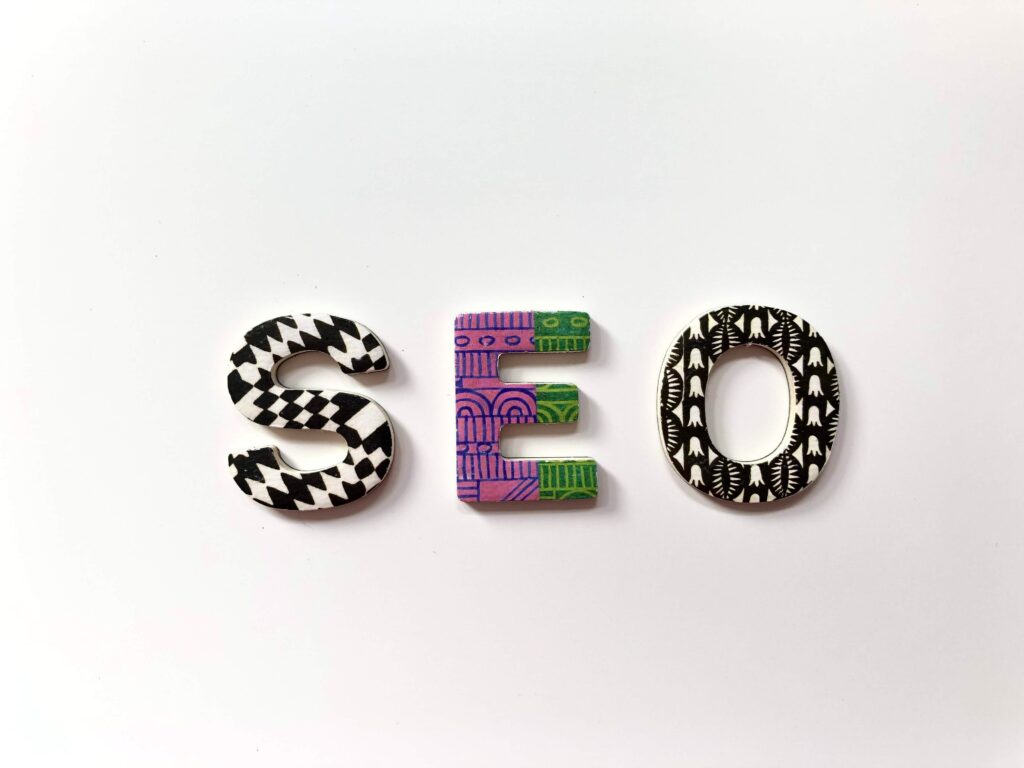Search engine optimization generally referred to as SEO is the process of optimizing your website. A way you can secure a better standing on search engine results – especially focusing on keywords used. Nevertheless, when it comes to SEO content. The content is not limited to the text you see on pages. Using this post, we will be covering the top ten tips for writing great SEO content that helps you go further.
Focus on Your Audience

The best piece of advice you will get for writing excellent SEO content is to focus on your audience. What sounds easy enough is often complicated with several aspects that individuals and corporations feel is necessary. To help keep up with a simple approach we suggest you focus on offering content that interests your target readers. It can be anything from answering questions, speaking to their interests, or a general post that offers great insight.
Not every blog post you publish has to be about your product or service. Just make sure they are related to your industry. Focus on engaging and educational articles, focus on helping rather than selling. By establishing yourself as a trusted source you will be able to engage with your customers on a different level. Creating a connection that lasts, and one that will eventually push your readers towards your products/services.
Under One Roof
Rather than dividing and conquering, we suggest you unite and stand tall. Get the traffic and credit your efforts deserve by posting your content and services/products under the same domain. This way when your visitors start looking around they will find the products and services you are offering.
However, if you already have an established blog on WordPress or Blogger. We suggest you find a way to bring it all under the same domain. Linking it all to the same website ensures you focus on a single source. Rather than going back and forth between your product website and your blog. Think about it you will see a tremendous push in traffic and create an intelligent funnel system.
Focus on Headlines
There are times your headlines say it all, but that is not how things should be. Your headlines should be a glimpse of what’s to come. Pushing the reader to keep on going, and keeping them engaged. When you give it all away in the headlines, you are offering them a way out in under a few minutes. Leaving a negative impact on your website that drops your site rate.
Start by focusing on your headlines, and how you can use them to make an impression. However, that does not mean you overpromise or oversell any event/aspect. Your headlines should be interesting, clear, and MUST include a rich keyword.
Take it a step further by adding the same tone to your meta descriptions. Offering a slightly longer glimpse that attracts your readers enough to click on your website. Keep in mind that your meta description and the title are what shows in search results. And are considered by search engines – so make them count!
Keyword Rich Phrases
Using relevant keywords and rich phrases in headlines makes a great impact on search engines and your readers. Enabling them to keep track of what’s to come, while keeping them grounded. That being said, using too many keywords on a single page can push people and search engines away. Labeling you as a spamming website.
Keyword stuffing is a reality that no one is ready to admit but has dire consequences. It’s time you be thoughtful and add your keywords more naturally. Adding them and highlighting them in headings and text sections in an effortless manner. Rather than pushing them forcefully, and twisting content just so you can add a certain keyword.
Create a Structure
You can offer your readers insightful and powerful pieces of content, but they won’t matter until and unless they are structured well. No one is looking to sort through a mess to get some information, it falls on the SEO content writer to create pieces that flow well. Formatting your text well is not just for your readers, it helps make a great impact on search engines and ensures back-end organization.
When getting started we suggest you use Headings followed by small paragraphs. You can add 2 to 6 small paragraphs under every heading, or add a subheading to the mix. Another great way to get your points across is by using bullet points. Breaking each main point in a way that highlights every step.
Include Relevant Images

Including relevant images is a no-brainer at this point (not like the one above), as it can help you boost your engagement rate by 47% and willingness to read by 90%. Additionally, by adding relevant pictures you can add an SEO booster in the shape of anchor tags, alt text, and description. Setting in SEO in every possible manner helps boost your webpage based on its keywords.
Another reason why you should include images in your text is to ensure a better ROI – using inline images for CTAs when publishing white papers, contact forms, or eBooks is an incredible strategy. Stretching every single dollar you spend to gain maximum returns. Lastly, it helps you set a better tone for your corporation/brand. A picture is worth a thousand words and can help showcase the full story.
Link Content to Social Media
Social media platforms are a powerful tool that can help you boost the reach of your content. Promoting and sharing content you post on your website can help born in audiences from other platforms as well. Apart from bringing in more traffic, it can help engage users on your social media platform. By adding a little buzz to each post you publish.
An added touch you need before posting your content link to social media is to add an engaging description and add a call to action button. Considering social media platforms come with a share button your aim should be to maximize the chances of being shared.
Google Authorship
Google authorship is an essential and effective way to tie any piece of content to a certain author. All you need is a Google+ account, and once the articles are set in place. This way, every time someone searches the author’s name. The content you have tagged with the author’s name comes forward. Along with the article’s title and image of the author. A great technique when looking to promote the writer. Or when you have a piece written by a professional/well-known author.
Natural Link Building
Link building has transformed a great deal since its link farms, and link buying days. Today, link building is considered essential for websites that wish to rank well. When it comes to linking these days there are two main aspects you need to remember. Internal linking and external linking are two different steps.
Internal linking refers to links you connect your website to internally. Whereas, external links are links you choose from another website. Both can be looped into your content, allowing readers to jump forward and gain more information on a certain aspect.
However, we suggest you use quality posts and high-ranking blogs as external sources, as the quality of links you use matters a great deal in terms of SEO.
Monitoring Activity
When looking to rank well on search engines you need to go the extra mile. That is why you cannot add a positive aspect and move forward. You must go back and check if your efforts are yielding any fruit or not. All of which is made easy with the help of Google Analytics. A free and easy way to ensure the time you spend on your web pages is bringing in positive results.
With the help of Google Analytics, you can enjoy aspects such as bounce rate, time on the website, links used, and so on. An easy way to get an idea of which pages need your attention. Additionally, which pages you have already perfected!
When connected with social media platforms you can get an idea of the number of shares, likes, and comments each post gets. Collectively created as a data report sheet that lets you know where you are going wrong.
Through exercising these ten tips for writing excellent SEO content helps create the perfect balance. A balance that allows you to fit every piece of the puzzle together. Creating a powerful SEO content campaign that works in your favour for years to come. Rather than just working on publishing quality content that will only touch a small fraction of the internet.
